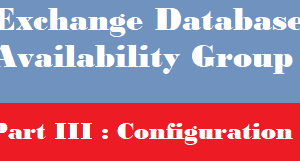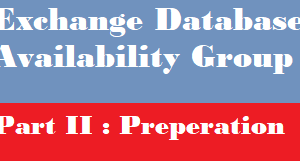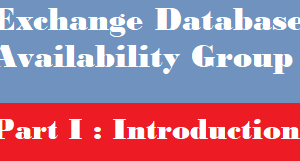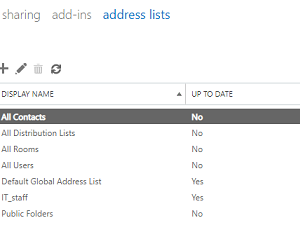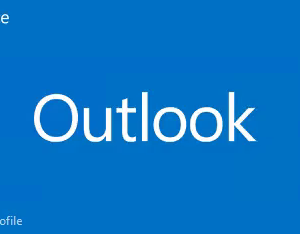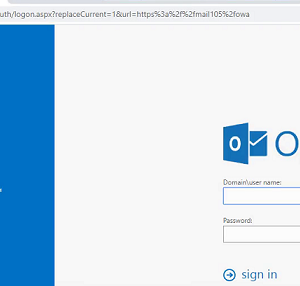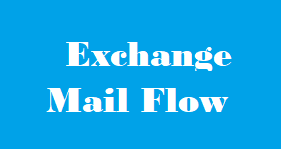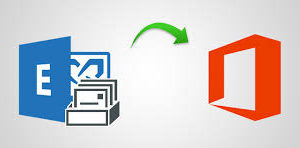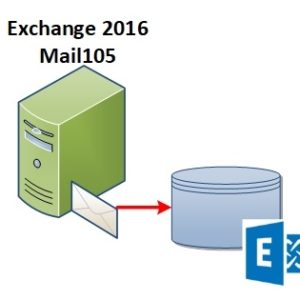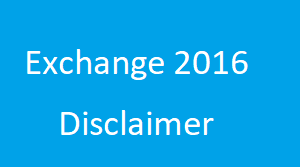Exchange DAG Part III : Configure DAG
Database Availability Group DAG Articles Exchange DAG Part I : IntroductionExchange DAG Part II : PreparationExchange DAG Part III : Configure DAG Step 04 : Creating the Exchange DAG Now it’s a time to create DAG [ Database Availability Group ] From the ECP, go to servers > availability groups of database > this page appears the list of available DAGs > Press +tRead More…
